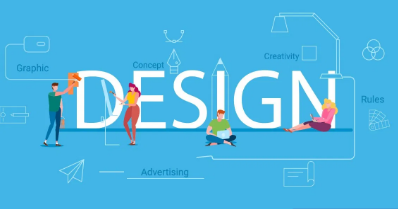One of the toughest jobs for any new business is to produce stellar ads without the help of a big-budget ad agency. The key is to engage your target audience because for advertising to succeed, it has to be remembered. Even on the tightest budget, you can create successful advertising design ideas by following these tips.

Create an “aha” moment
If you’ve ever wondered why the word “new” is used so often in advertising, it’s because our brains are actually alert for new information. One of the most exciting parts of creating advertising is that great ads have the ability to open minds. Your ad can show your customers a new way to achieve a goal or provide unique insight. The rewards will be greater audience attention and elevated response rates.
Design for the ad environment
There are literally hundreds of forms of advertising-from billboards, websites, and taxi-tops to ads on supermarket clocks. And ad environments sometimes differ within a single medium, such as when magazines offer four-color display advertising and small-space shopper ads.

Become familiar with the nuances of the media you choose, and design your ads to meet their specific visual and editorial requirements.
Address the right audience
How well do you understand your target audience? Your ads should immediately appeal to prospects and speak to them in their own vernacular, including buzzwords. The ads must ring true, without the use of gender or cultural stereotypes, or exaggerated claims, so prospects automatically understand that your offer directly relates to their needs and wants.
